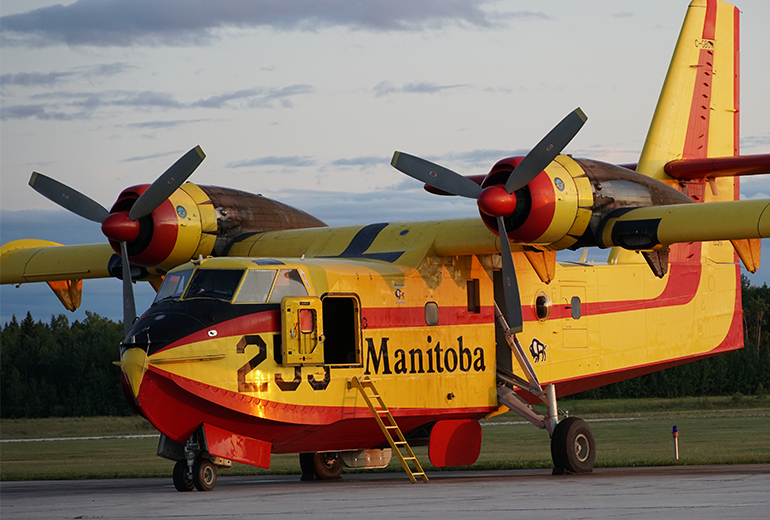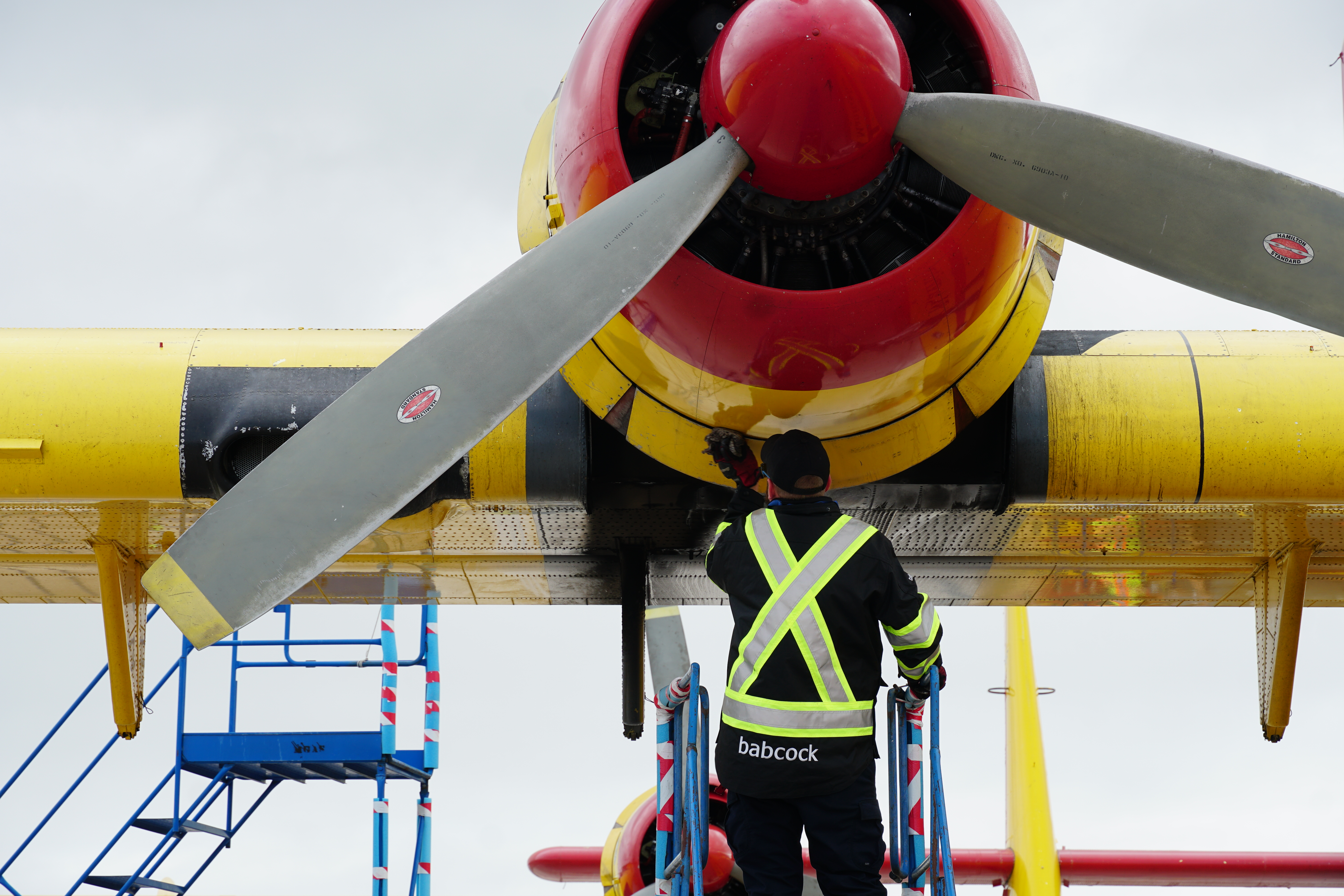2022 Wildfire Season By the numbers

Background
In 2018, a review by the Manitoba Department of Sustainable Development was done on the delivery of aerial wildfire suppression services for the province as part of an ongoing value-for-money analysis of government programs and service delivery. This review was undertaken to determine the optimal method to support the residents and communities of the region. In their examination, it was determined that external alternative solutions provided better overall value than the existing aerial firefighting services provided internally by the Manitoba Government.
The province engaged the commercial aerial firefighting community for viable vendors to assume responsibility for the custody, care and operation of its amphibious air tankers. A request for proposal was issued by Manitoba to formally compare the capabilities and costs of various suitable enterprises bidding for the contract.
Based on operations in years prior, the government’s Wildfire Suppression Service provided approximately 1,400 flying hours and performed 3,750 water drops per season. The successful enterprise was expected to achieve and maintain in excess of 96% aircraft availability ensuring aircraft are available from April 1st to September 30th.
In the fall of 2018, Babcock was awarded a contract for aerial firefighting by the Government of Manitoba. The Wildfire Suppression Services Contract was issued by the Manitoba Department of Sustainable Development for a period of ten years.
The Wildfire Suppression Services Contract covers the entire province of Manitoba, over 649,950km2, and protects communities totalling a population of 1.3 million people.




